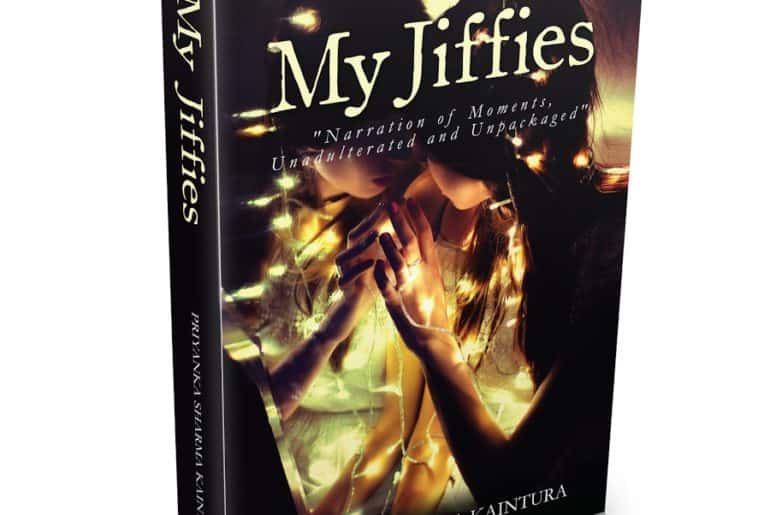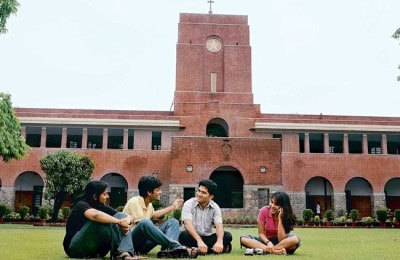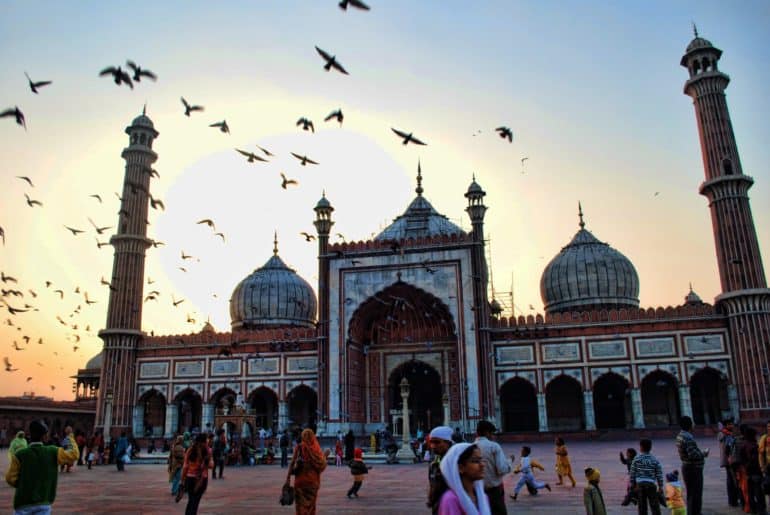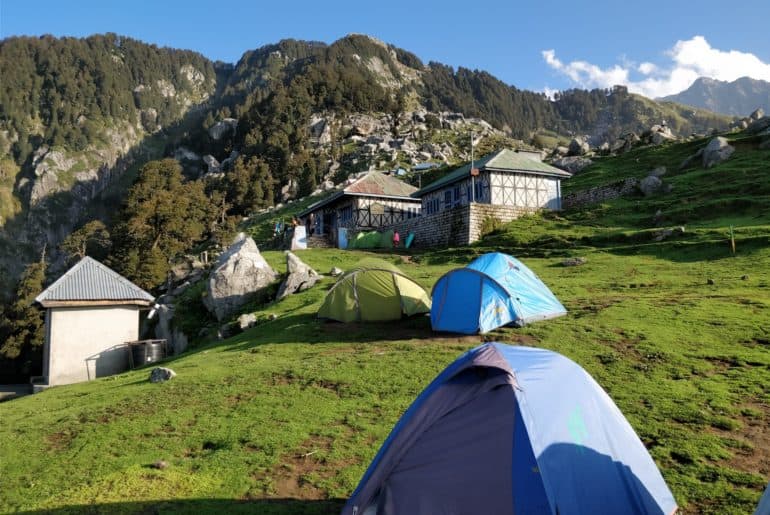Over a period of anxious days, troubling weeks, and softening months, I fell in love with being with myself, my thoughts, and my existence. Let me hold your hand and walk you through this love story, starring a learned mind and an experienced heart.
It started with pleasurable mornings in the coffee shop, sipping little snippets of energy and freshness while reading this book I still can’t finish. It went on to volunteering to go for solitary shopping sprees, devoid of an external confusing human presence. It escalated to adjusting schedules to squeeze in those private, refreshing walks without a conversation to hold or an impression to be made. Now, it is manifesting and growing into gratifying yearnings; where my mind, body, and soul crave for those evenings in the park, laying in the lap of static motion, without needing or desiring something, anything. Between all those stolen glances inside my heart and those peeks into the troughs of my soul, I learned that a story awaits to be told. A story, brimming with romance and pleasure and lessons.
Before the beginning, there was an end which seemed devastating at the time. An end to the insatiable social needs, to a lecherous self-esteem, and to the garbs of deception and fear which continue to placate so many of us each day, every day. From morning to night, the need to surround ourselves with human interaction or inanimate consolation grew and overtook us somewhere; to the extent, the idea of being alone or being seen alone in public sounds awfully discomforting. And yet, I’m here to tell you those pings of your ensnaring cell phones or those fake niceties you define your relations with are all inconsequential in front of that ineffable feeling of being alone with yourself.
When you shroud yourself away from the world for some time, it’s easier to dissect your thoughts and acknowledge opinions and ideas brewing in your head. They say no two people can see a colour in a similar way, and spending time with yourself allows you to maintain that individuality intact. As you sit and stare through random objects and landscapes, shades of yourself begin to appear more lucid at the back of your head. You begin to recognise yourself more, know who are you and who you want to be. All those internal knots and quandaries which perturbed your mind the previous morning seem to fade away in this emotional pool. As if being out there alone automatically weighs and places the infinite things in your head in a systematic structure, allowing you to rid yourself of the trivial and simplify the convoluted effortlessly. When the chaos inside abates, a wave of calmness inevitable washes over. All the energy and passion brimming off of the person you have newly identified allows you to do more and be so much more. The productivity graph shoots up, and all that you feared that you won’t be able to do before a certain time manages to materialise gracefully.
Every story culminates with elevation of any sort. It’s expected that the protagonist will land up in a better place than the starting point, and well, the reward and the better place, both were found. The mere idea of spending hours alone without the probing thought of how you should be in front of someone else is liberating, to say the least. The peace it grants to every dimension of your body in insurmountable, and in that moment, all that matters is an unaltered, an untampered with version of you.
The learned mind continues to learn and the experienced heart continues to experience; but being with herself has allowed her to feel more, understand more, and be more.
Feature Image Credits: Future Female Leaders
Saumya Kalia
[email protected]












